Welcome to True Crime Tuesday where we review, recommend and generally obsess over everything crime-related.
With Toronto serial killer Bruce McArthur recently pleading guilty to eight counts of first degree murder, the topic of whether he’ll be given Dangerous Offender status is on a lot of people’s minds. Given his crimes, it seems logical that if anyone were to receive that classification, it would be McArthur. Right now, if he received the longest possible sentence—25 years without parole—he would be eligible for freedom when he was 91. The chances of him making it that long aren’t high, but at least if he had Dangerous Offender status, there would be a little extra insurance.
Canada abolished the death penalty in 1976 and the next year, the government overhauled the high-risk offender laws. The current definition of the “Dangerous Offender Designation” reads:
“The Dangerous Offender provisions of the Criminal Code are intended to protect all Canadians from the most dangerous violent and sexual predators in the country. Individuals convicted of these offences can be designated as a Dangerous Offender during sentencing if a sentencing court is satisfied that the offender constitutes a threat to the life, safety or physical or mental well-being of the public. Where an offender is designated by the court as a Dangerous Offender, the offender may be sentenced to an indeterminate sentence of imprisonment.”
Dangerous Offender status is not reserved for murderers. People who have committed especially violent crimes short of murder can also receive the designation. When someone is officially classified a Dangerous Offender, they will most likely receive an indeterminate sentence. That means, even if they are up for parole after 25 years, the will have a much harder time ever being considered for release. Paul Bernardo is one of Canada’s most notorious Dangerous Offenders. He was up for parole in 2018, but was denied. Opinion is split on whether he’ll ever get out of prison, but Canadian law now dictates that he can apply for parole every two years.
In the U.S. there is a life without the possibility of parole sentence, and that means exactly what it says. Life in prison, no exceptions. In Canada, even a Dangerous Offender with an indeterminate sentence can apply for parole after seven years. That means the families of the victims of violent crimes may have to keep hearing the offender’s name and seeing them in court, keep making victim impact statements, and keep reliving the same horrible memories over and over and over.
Bernardo was convicted of two murders, but in the 90s the law didn’t allow for sentences to be served consecutively. That changed in 2011 when a new law eliminated the practice of multiple murderers being mandated to serve their sentences concurrently. Bruce McArthur, having plead guilty to eight murders, could theoretically be sentenced to 25 years to life eight times over. That would cancel out the need for Dangerous Offender status, but either way, at his age, it’s all but guaranteed he’ll die behind bars.
The recent Dellen Millard cases (he was convicted of murdering a complete stranger, Tim Bosma, his father Wayne Millard, and his ex-girlfriend Laura Babcock) are an example of someone receiving consecutive sentences. Millard was convicted of three separate murders and received three separate sentences. He won’t be eligible for parole for 75 years, making Dangerous Offender status redundant.
Often, a Dangerous Offender classification is pursued for certain people who may not have committed murder but who show a pattern of violent behaviour and are most likely to keep offending. The onus is on the Crown to prove the pattern of violence until three separate convictions have been laid. At that point, the burden falls on the accused to prove he/she should not be considered a Dangerous Offender.
The recent Tori Stafford case is an example of Dangerous Offender status not working quite how many people think it should. Michael Rafferty and Terri-Lynne McClintic were convicted of 8-year-old Stafford’s murder in 2010. Since neither McClintic or Rafferty had any past violent crime convictions, the Crown couldn’t establish grounds for DO designations. With Canada’s vision of rehabilitation, it’s possible McClintic and Rafferty could have a chance at being free after they complete their 25 year sentences.
The Dangerous Offender system is controversial and many have called for reform. In 2015, Stephen Harper proposed a bill called The Life Means Life Act that would allow for true life sentences but Parliament voted against it. Still, under the current system, the worst murderers may have the opportunity to apply for parole but that is a far cry from actual freedom. Most of them will never get out, Dangerous Offender status or not.
While some believe these criminals don’t even deserve the tiny bit of hope they get from being able to apply for parole, it could be argued that having a tiny hope that is never realized is worse. Maybe one day the Dangerous Offender designation system will be revised, but for now, it’s here to stay.


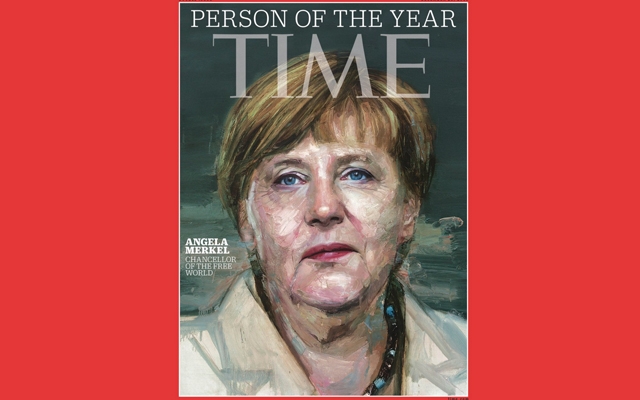





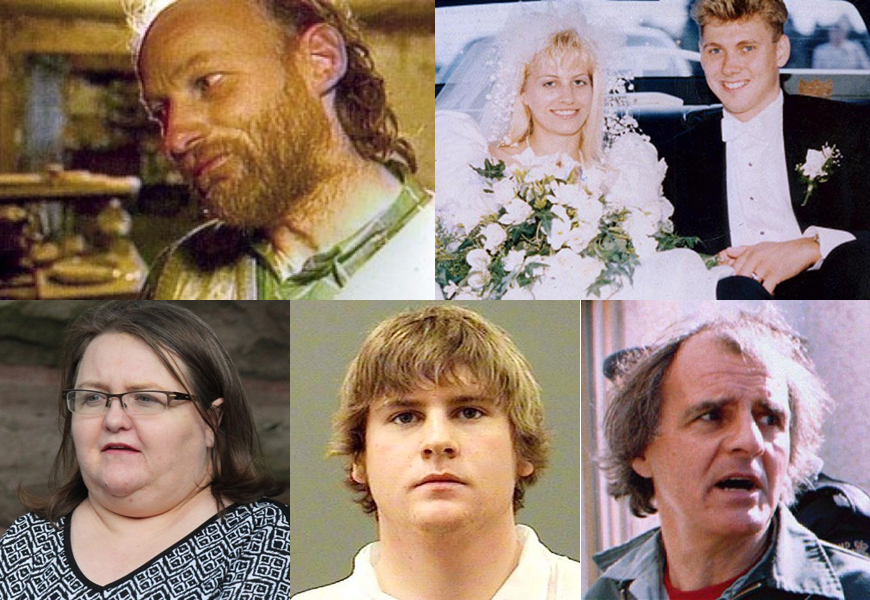

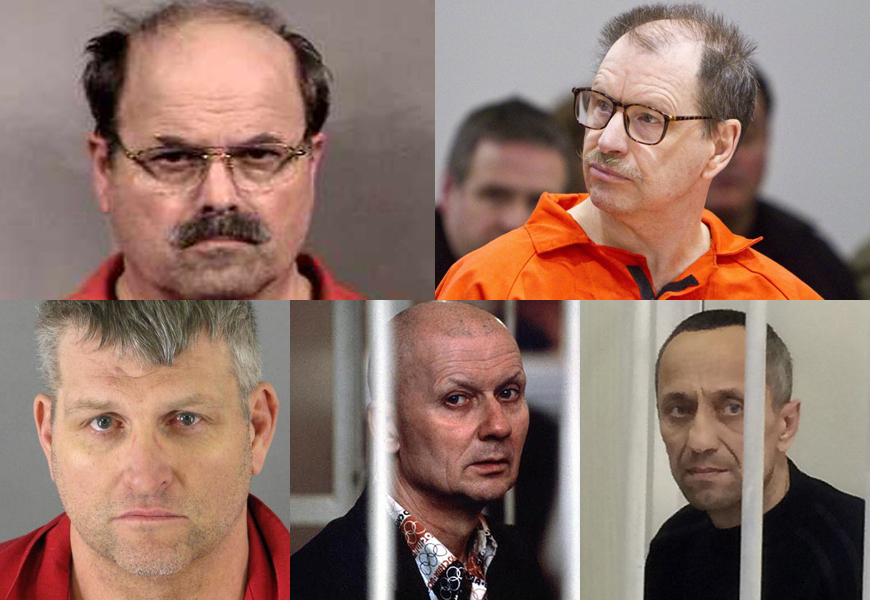
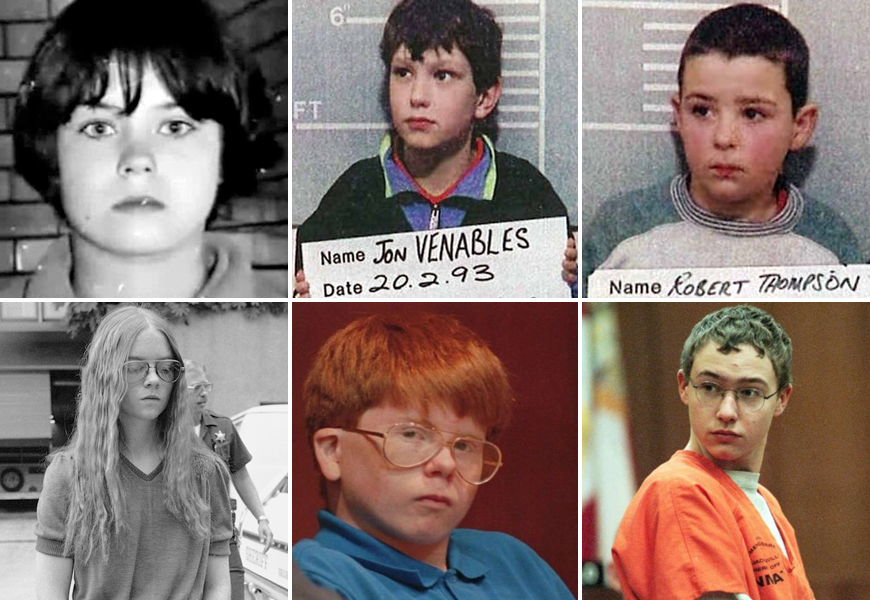
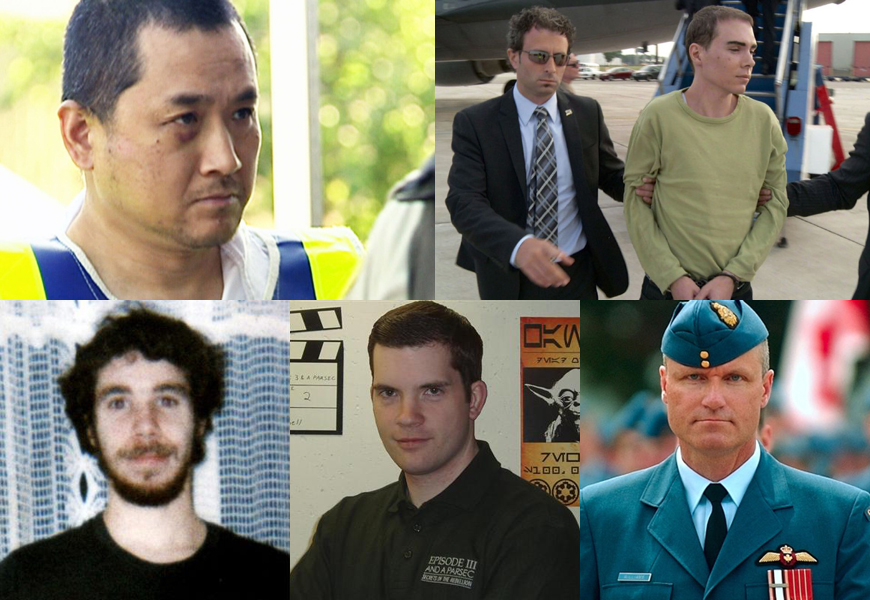
Very interesting Courtney. Love these, keep them coming!
i am confused. Serial rapist and murderer Russell Maurice Johnson is in Penetanguishine and as far as i know has. Not been declared a dangerous offender. He gets an annual parole hearing to request day passes. Why is this happening when he remains a danger to women?
/\